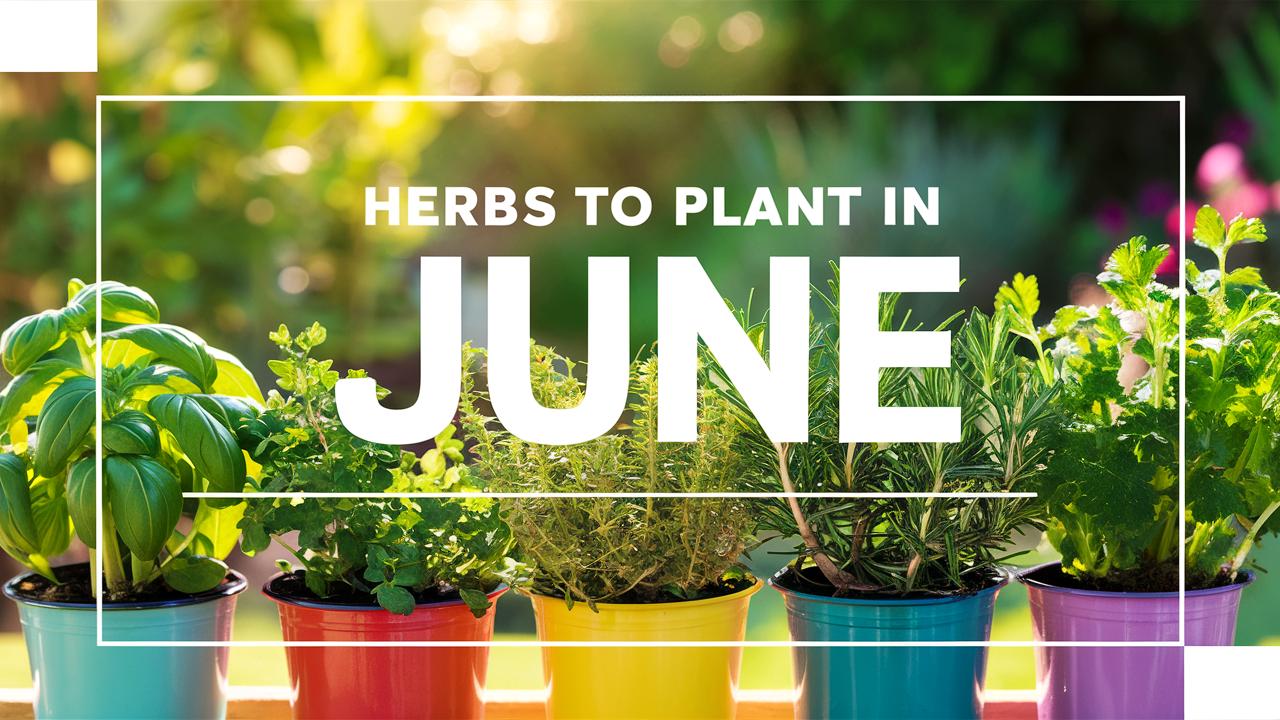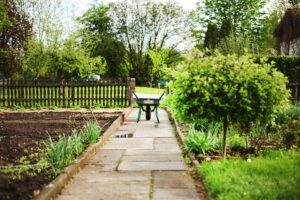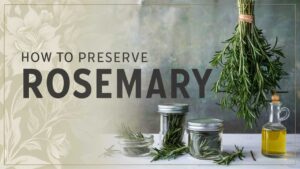With days getting longer and temperatures soaring, this is an optimal time to dive into herb gardening. Let’s explore the benefits of planting herbs during this month and discover the best herbs to cultivate, along with essential tips for preparation, planting, care, and harvesting.
Best Herbs to Plant in June
When deciding which herbs to plant, consider their culinary uses, growth habits, and compatibility with your local climate. Here are eight herbs that flourish in June:
Basil
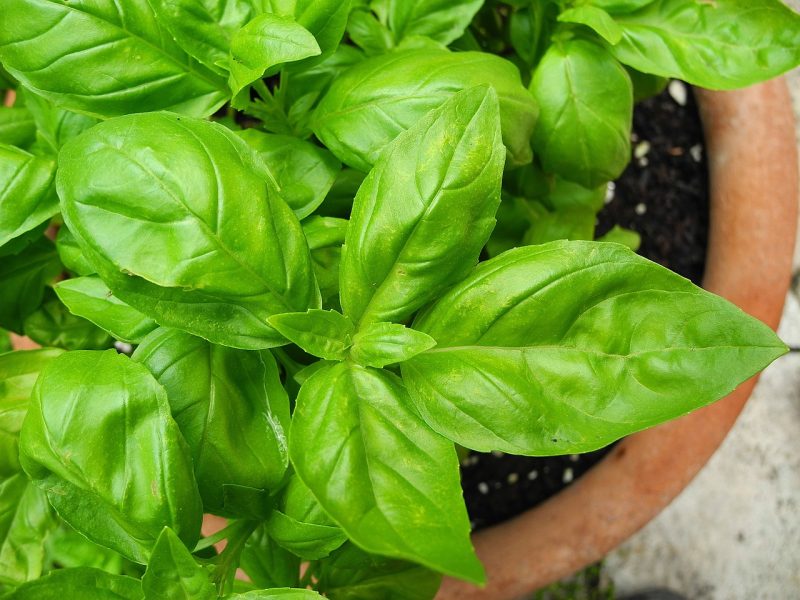
Basil is a summer favorite known for its aromatic leaves and versatility. This herb thrives in warm weather and requires plenty of sunlight. There are many varieties, including sweet basil, Thai basil, and purple basil, which can elevate salads, pasta dishes, and sauces. When planting basil, ensure it’s in well-drained soil and is watered consistently but not overly saturated. Regular pruning encourages bushier growth and stronger flavors.
Chives
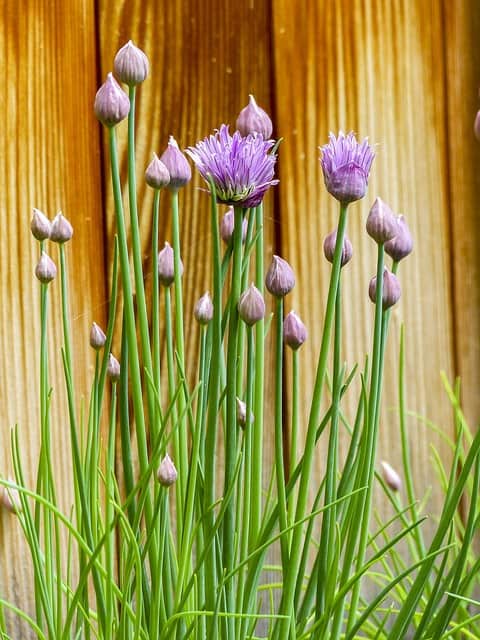
Chives are among the easiest herbs to grow, making them perfect for beginners. Their mild onion flavor adds a fresh touch to salads, soups, and omelets. Chives prefer full sun and can tolerate a range of soil types. They are also perennials, meaning they will continue to grow year after year, providing you with a continuous supply. Sprinkling seeds in June allows ample time for growth before the fall harvest.
Cilantro
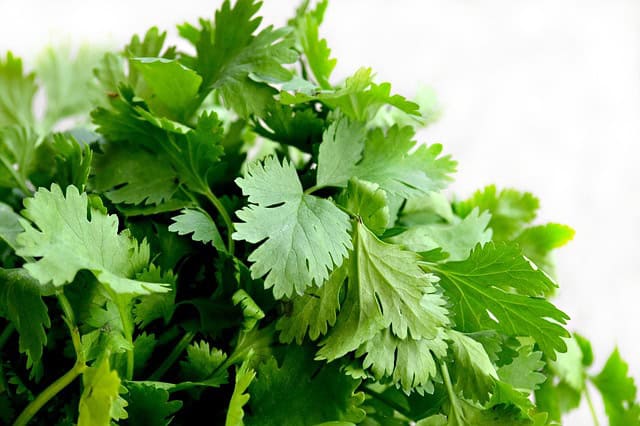
Cilantro, also known as coriander, thrives in cooler weather, so planting it in June is best for those in milder climates or for a second crop. This herb is a staple in various cuisines, especially Mexican and Asian dishes. Cilantro prefers well-drained soil and ample sunlight. Keep in mind that cilantro tends to bolt in extreme heat, so regular harvesting helps delay this process.
Dill

Dill is not only a culinary herb but also attracts beneficial insects to your garden. Its unique flavor enhances pickles, seafood dishes, and salads. Dill prefers sunny spots and well-drained soil. When planting in June, dill will flourish throughout the summer. Remember to space your dill seeds adequately, as it can grow quite tall.
Mint
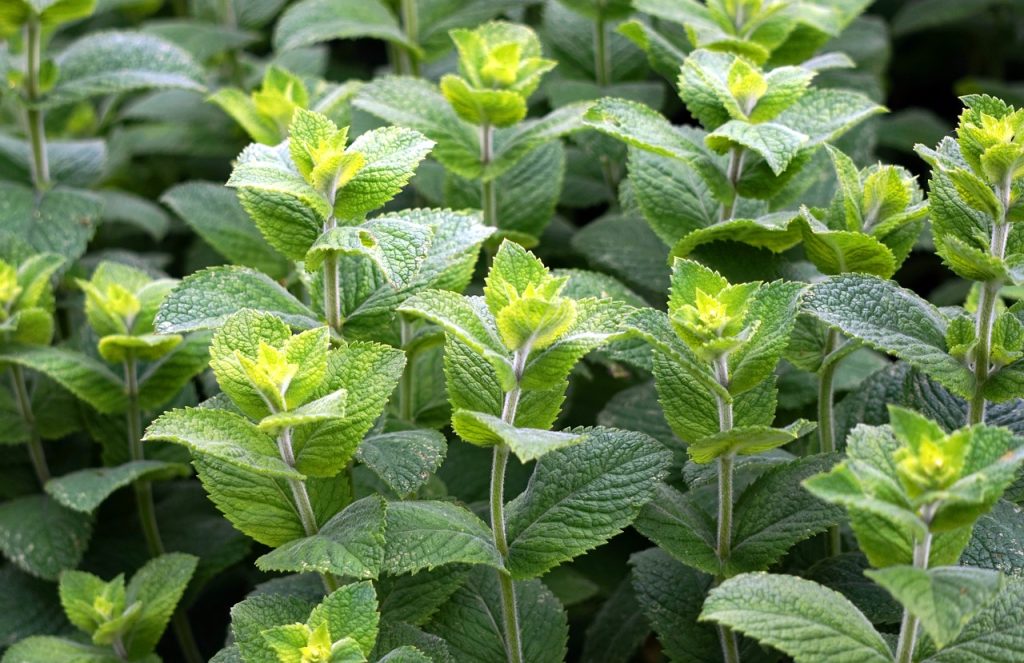
Mint is a vigorous grower that can spread quickly, making it ideal for container gardening to keep it contained. This fragrant herb is perfect for teas, desserts, or garnishes. Mint thrives in partial to full sun and prefers moist, well-draining soil. Its many varieties, including spearmint and peppermint, can add diversity to your herb garden.
Oregano
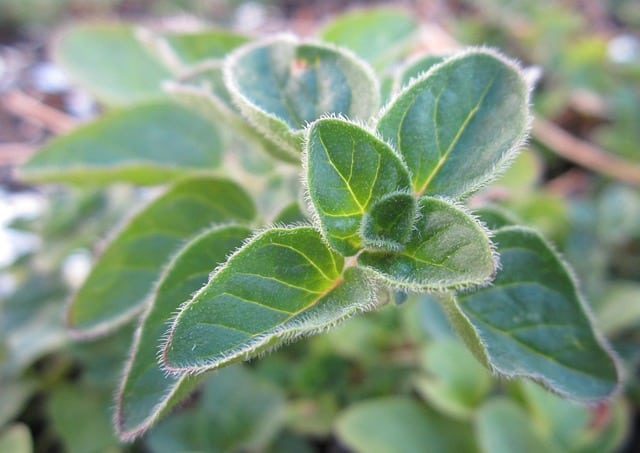
Oregano is a robust perennial herb that flourishes in sunny conditions. Known for its bold flavor, it’s a staple in Mediterranean cuisine. Planting oregano in June ensures it has the entire summer to establish itself, producing flavorful leaves perfect for sauces, marinades, and grilled dishes. This herb is quite drought-tolerant once established, making it low-maintenance.
Parsley
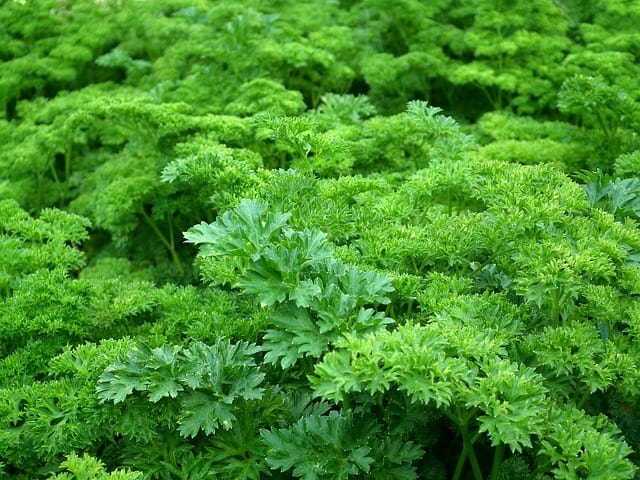
Parsley is an essential herb in many kitchens worldwide. Whether you prefer flat-leaf or curly parsley, this herb is packed with nutrients and flavor. Parsley grows best in well-drained soil and full sun to partial shade. Planting in June allows for a hearty harvest throughout the summer months. Regular trimming encourages fresh, new growth.
Thyme
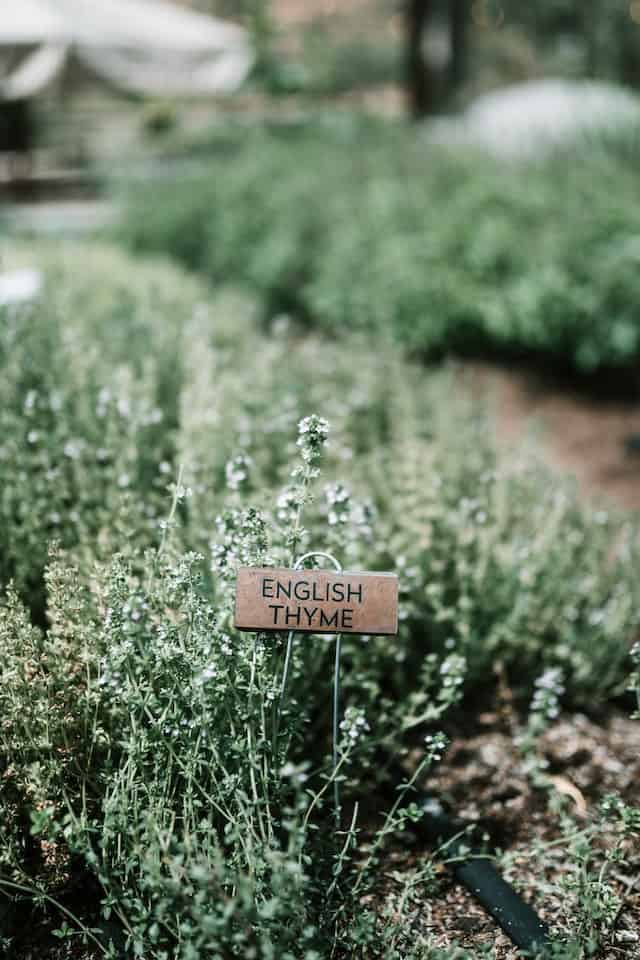
Thyme is a resilient herb that thrives in warm weather and well-drained soil. Its earthy flavor complements a variety of dishes, from roasted meats to hearty soups. Planting thyme in June allows it to establish before the peak summer heat. Thyme is also a perennial, meaning it will return year after year, gifting you with its delightful aroma and taste.
Why Plant Herbs in June?
June marks a pivotal point in the growing season. As the threat of frost diminishes and soil temperatures rise, herbs thrive beautifully. Planting in June allows your herbs to establish strong roots and grow lush leaves in the warm sunshine, ensuring a productive harvest by mid-summer. Moreover, cultivating herbs in your garden not only supports biodiversity but also provides fresh ingredients that can enhance your meals and health. Herbs are generally hardy and often grow well in various conditions, allowing even novice gardeners to enjoy successful yields.
Furthermore, June offers the perfect balance of warmth and moisture, creating ideal conditions for germination and growth. Engaging with nature by planting herbs can be incredibly therapeutic. The sensory experience of touching the soil, seeing new life sprout, and inhaling the aromatic scents of fresh herbs uplifts the spirit and promotes mental well-being. With this in mind, let’s explore some of the best herbs to plant in June.
Preparing the Soil

Before planting herbs, it’s crucial to prepare your soil properly. Healthy soil is the foundation of a robust herb garden. Here’s how to prepare:
Choose the Right Location: Most herbs need at least six hours of sunlight each day. Select a spot in your garden that receives ample sunshine.
Test the Soil: Conduct a simple soil test to determine pH levels and nutrient content. Most herbs prefer slightly acidic to neutral soil (pH 6.0-7.0).
Amend the Soil: Based on your soil test results, consider adding organic matter such as compost or well-rotted manure to improve soil structure and nutrient content. This enhances drainage and provides essential nutrients for your herbs.
Tilling and Aeration: Loosen the top 12 inches of soil to aerate it properly and ensure good drainage. This step is particularly important for herbs sensitive to wet roots.
Weed Control: Remove any existing weeds and debris from the area before planting. Weeds compete for nutrients and water, which can hinder the growth of your herbs.
By preparing your soil thoughtfully, you lay the groundwork for healthy, vibrant herbs.
Planting Herbs
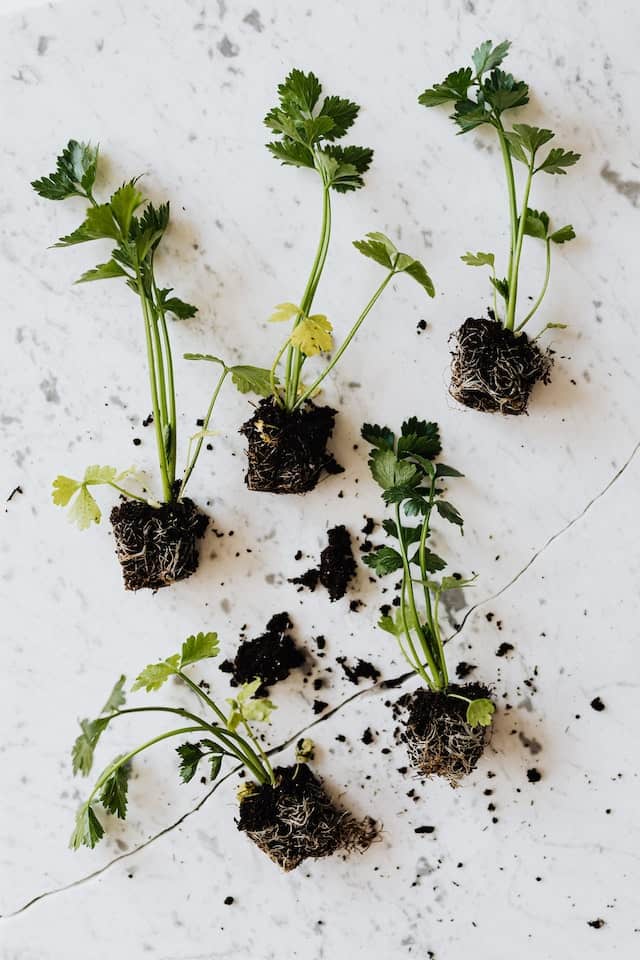
Once your soil is ready, it’s time to plant your herbs. The method of planting will depend on whether you are starting from seeds, seedlings, or transplants.
Seeds vs. Seedlings: While some herbs can be sown directly in the garden, others may benefit from growing indoors before transplanting. Consider your local climate when making this decision.
Sowing Seeds: If you’re planting seeds directly in the garden, follow the specific depth guidelines for each herb. Generally, plant seeds at a depth twice their size. Space seeds according to the recommended distance on the seed packet to avoid overcrowding.
Transplanting Seedlings: For seedlings, dig a hole in the prepared soil that is slightly larger than the root ball. Gently place the seedling in the hole and fill in with soil. Water thoroughly after planting to help eliminate air pockets around the roots.
Container Planting: If you’re limited on space or want to keep certain herbs contained, consider using pots or containers. Ensure the containers have drainage holes and use a high-quality potting mix suitable for herbs.
Mulching: A layer of organic mulch helps retain moisture, suppress weeds, and regulate soil temperature. This is particularly beneficial during the hotter months.
Planting can be a delightful experience. Take your time, engage with the soil, and ensure proper spacing and depth for optimal herb growth.
Caring for Your Herbs
Once your herbs are planted, ongoing care is vital to promote healthy growth and maximize yields. Here are key elements of herb maintenance:
Watering: Herbs generally prefer consistently moist soil but can suffer from overwatering. Water deeply when the top inch of soil feels dry, allowing water to penetrate deeply and encourage root development.
Fertilizing: While many herbs thrive in nutrient-rich soil, too much nitrogen can lead to excessive leaf growth at the expense of flavor. Use a balanced, organic fertilizer to nourish your herbs, especially during their peak growth.
Pruning: Regular pruning not only encourages bushier growth but helps to prevent herbs from flowering too early, which can lead to a decline in flavor. Remove any dead or yellowing leaves, and pinch back the tips of growing herbs to promote branching.
Sun and Shade Management: While most herbs love the sun, high temperatures can cause some types to wilt. Consider providing partial shade during the hottest part of the day, especially for young plants.
Companion Planting: Herbs can also benefit from being planted alongside compatible plants, which can deter pests and provide mutual benefits. For example, basil is known to grow well alongside tomatoes, enhancing both plants’ flavors.
Caring for your herbs may take some effort, but the rewards are immeasurable. A dedicated approach ensures your plants thrive and provide a continuous harvest.
Common Pests and Diseases
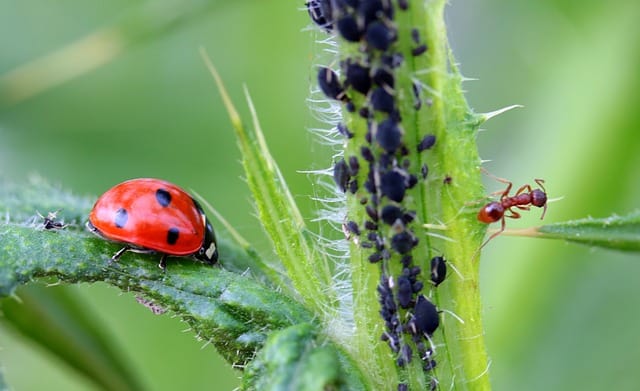
Even the most diligent gardener may encounter pests and diseases. However, many issues can be managed with natural techniques:
Aphids: These small insects can cluster on new growth, sucking sap and weakening plants. Introduce beneficial insects like ladybugs or use a gentle spray of water to dislodge them.
Spider Mites: If you notice fine webbing on your herbs, spider mites may be present. Increase humidity around the plants and wash them off with water to control their populations.
Whiteflies: Similar to aphids, whiteflies feed on plant sap and can lead to stunted growth. Yellow sticky traps can help catch these pests.
Powdery Mildew: This fungal disease often appears in humid conditions, manifesting as a white, powdery coating on leaves. Ensure good air circulation and avoid overhead watering to minimize its occurrence.
Root Rot: Overwatering can lead to root rot, a condition caused by excess moisture in the soil. Ensure proper drainage and allow the soil to dry out between waterings.
Being observant and proactive in pest and disease management can help ensure your herbs remain healthy, saving you from larger infestations later on.
Harvesting Your Herbs
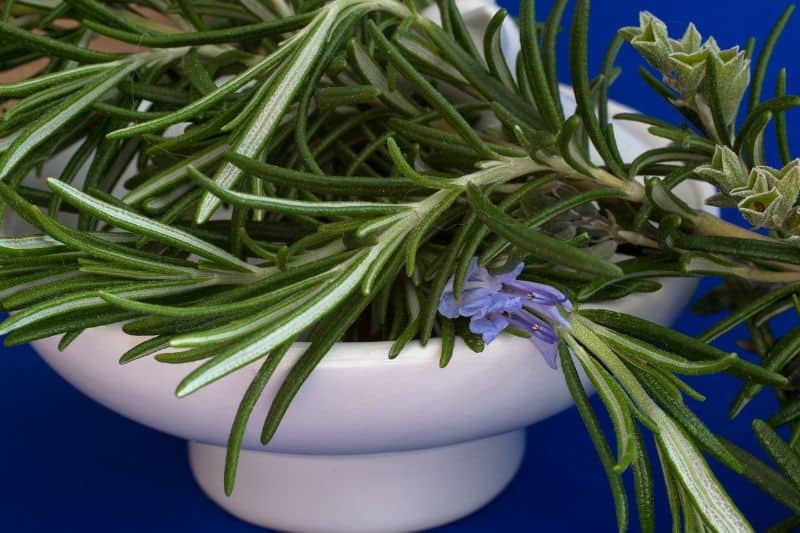
One of the most gratifying moments in herb gardening is the harvest. When and how to harvest your herbs is just as essential as planting them:
Timing: Most herbs can be harvested once they reach a height of 6-12 inches or have sufficient foliage. For optimal flavor, harvest herbs in the morning when the essential oils are most concentrated.
Harvesting Techniques: Use scissors or garden shears to snip leaves cleanly. Avoid pulling the plant, which can cause damage. For basil and chives, harvest the leaves from the top down, leaving enough foliage for the plant to continue growing.
Storing Herbs: Fresh herbs can last for days or weeks if stored correctly. Keep freshly cut herbs in a glass of water like a bouquet, covering the tops loosely with a plastic bag, or drying them for long-term storage.
Encouraging Growth: Regular harvesting, especially from perennial herbs, encourages more growth rather than stifling the plant. Remember to leave enough foliage so the plant can continue to thrive.
Creative Uses: Don’t shy away from exploring different ways to use your freshly harvested herbs. From herb-infused oils to homemade pesto, the culinary possibilities are endless!


